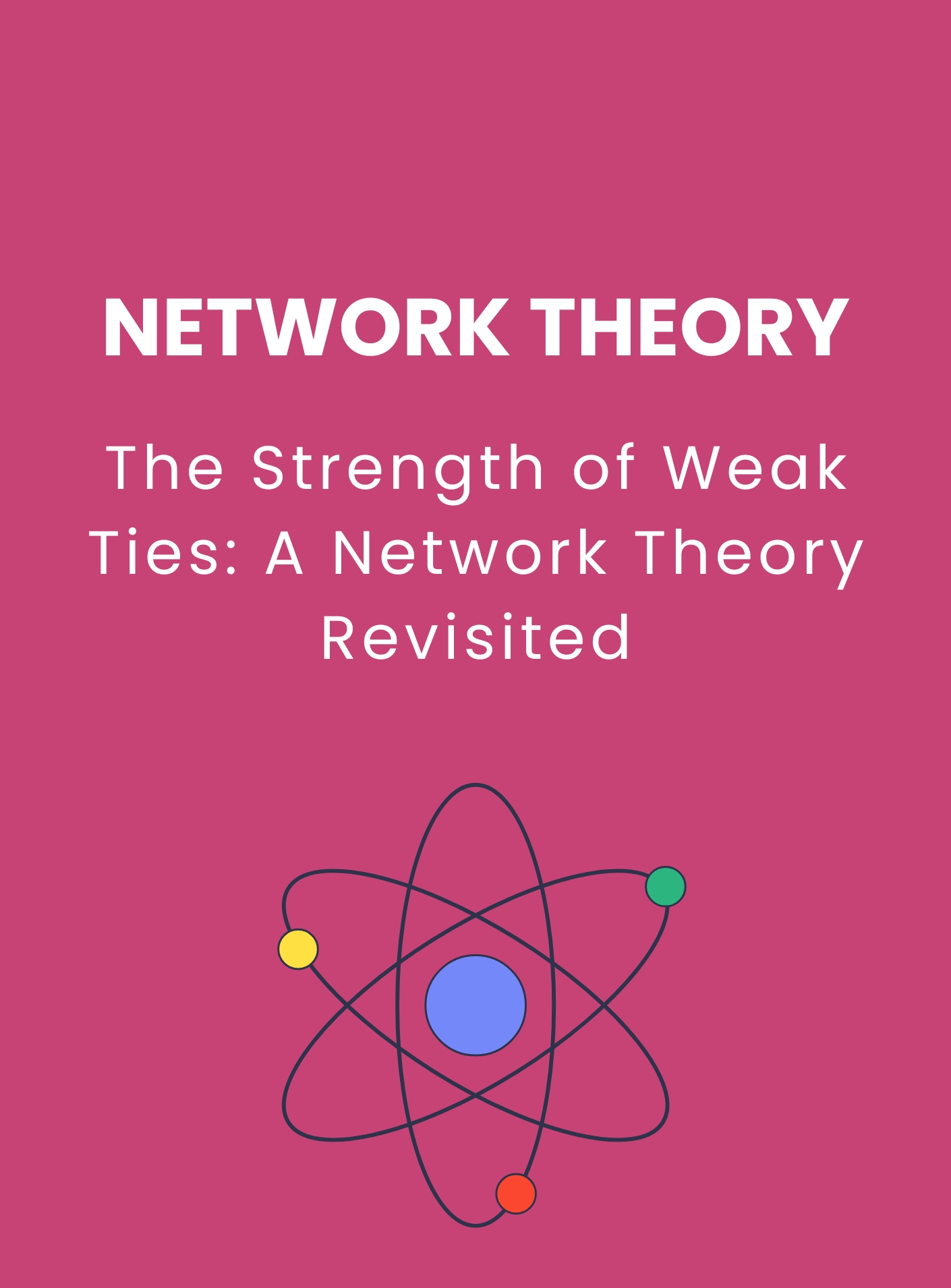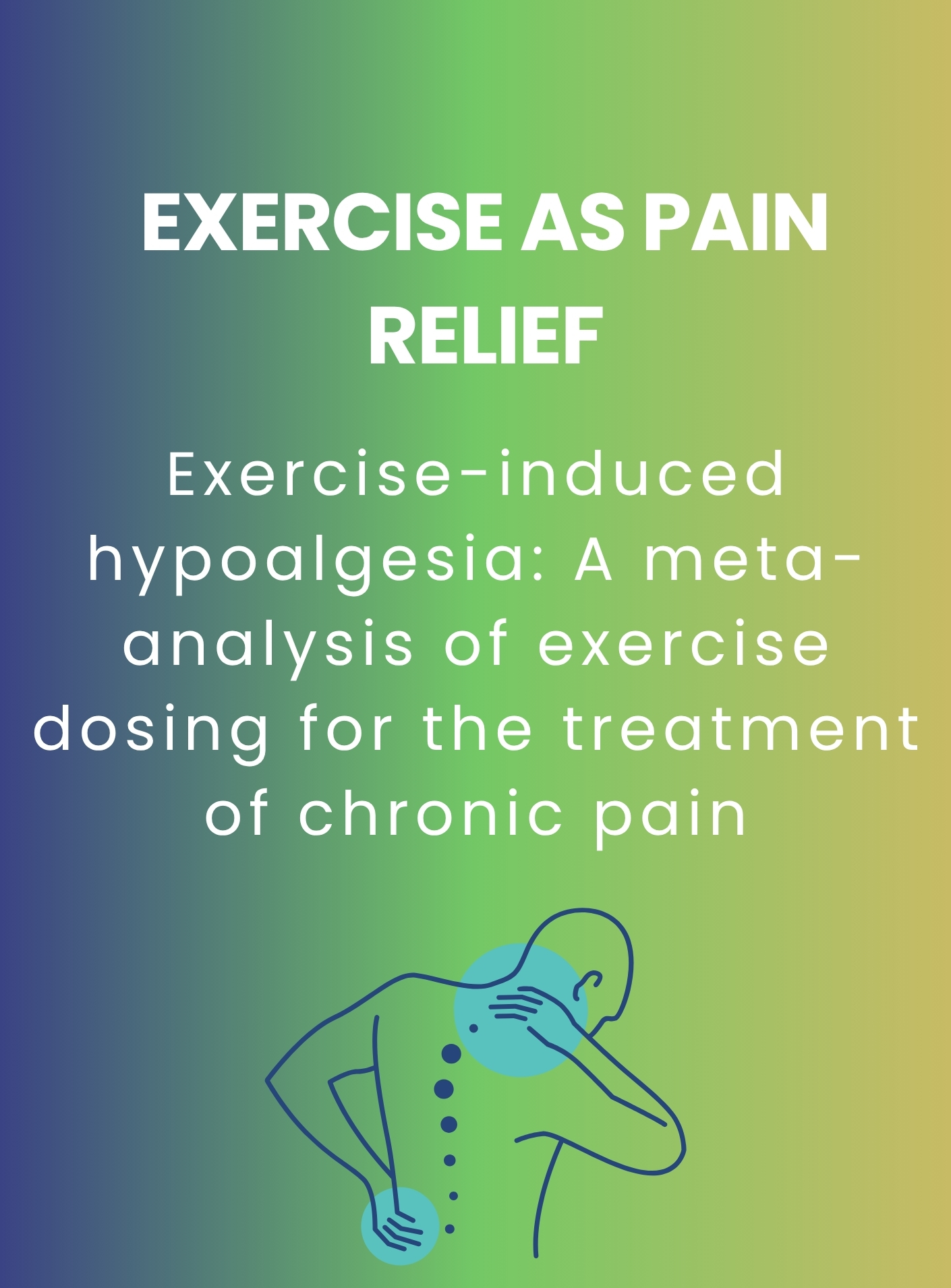Title: Exercise and mental health
Who conducted it: Kathleen Mikkelsen; Lily Stojanovska; Momir Polenakovic; Marijan Bosevski; Vasso Apostolopoulos
Published when and where: The study was published in 2017 in the journal Maturitas.
Welcome to today’s Spark, where we break down the world’s top studies into quick, practical insights you can actually use. Each episode, we tackle one big question, one impactful study, and walk away with actionable takeaways.
Exercise and mental health: more than just a mood boost
In this episode, we’re focusing on a topic that’s everywhere these days: exercise. But we’re not here to talk about six-packs or step counts. We’re diving into something far more intriguing: how exercise impacts your mental health.
We often hear that exercise is “good for the mind,” but what does that actually mean? Does it just mean feeling good after a workout, or is there something deeper at play?
The study itself
Today, we’ll explore a review study from 2017 published in Maturitas by researchers Kathleen Mikkelsen, Lily Stojanovska, Momir Polenakovic, Marijan Bosevski, and Vasso Apostolopoulos, which digs into how exercise influences mood, anxiety, and stress. By the end of this episode, you’ll not only understand the science but also pick up a few actionable tips to improve your own mental well-being.
This study isn’t just about hitting the treadmill or lifting weights. It’s a meta-review, which means the researchers didn’t conduct their own new experiments but instead analyzed a wide range of existing studies to draw broader conclusions. Think of it as looking at a collection of puzzle pieces from different research to create a bigger, clearer picture. In this case, they examined how exercise impacts the body, the mind, and even the biochemical processes in our brain.
Key findings
So, what did they find? The research shows that regular physical activity can significantly reduce symptoms of depression and anxiety. And it’s not just for people with severe mental health conditions – exercise benefits everyone, from those facing intense challenges to those simply dealing with everyday stress. But what makes exercise so effective? Let’s break it down.
But what makes exercise so impactful? At the physiological level, exercise triggers several changes in the body that directly influence the brain. Have you heard of “runner’s high”? It’s real, and it’s tied to the release of endorphins – your body’s natural painkillers and mood elevators. But that’s just one piece of the puzzle.
The science behind it: the HPA axis
The study discusses the hypothalamic-pituitary-adrenal (HPA) axis, which might sound like a mouthful, but it’s actually key to understanding how our bodies handle stress. The HPA axis involves three parts of the body: the hypothalamus (in your brain), the pituitary gland (also in your brain), and the adrenal glands (sitting on top of your kidneys). These organs work together to control your body’s stress response. When you face a stressful situation, whether it’s physical or emotional, your brain signals the hypothalamus, which then prompts the pituitary gland to send signals to the adrenal glands. The adrenal glands release cortisol, often called the “stress hormone.”
Here’s where exercise comes in: Regular physical activity helps balance the HPA axis, preventing it from staying in overdrive. Essentially, exercise “teaches” your body how to manage stress more effectively. By exercising, you lower cortisol levels and help “reset” your body’s stress response, helping you handle challenges more smoothly in the future.
Beyond stress: inflammation and neurotransmitters
Another fascinating aspect is the role of inflammation. Chronic inflammation has been linked to mental health disorders like depression. Exercise, particularly moderate-intensity activities, helps reduce inflammatory markers in the body, creating a more balanced internal environment.
And then there’s the role of neurotransmitters – chemical messengers like serotonin and dopamine. These play a huge part in mood regulation. Regular exercise increases the availability of these chemicals, acting almost like a natural antidepressant.
Psychological benefits: a mental reset
Beyond the physical, there’s a psychological layer to how exercise improves mental health. The study highlights two key theories: the distraction hypothesis and the self-efficacy hypothesis. The distraction hypothesis is simple yet powerful. When you’re exercising, your mind gets a break from negative thoughts and worries. Whether it’s a walk in the park or a yoga session, the act of moving shifts your focus away from stressors, giving your brain a much-needed “time out.” The self-efficacy hypothesis is all about confidence. Completing a challenging workout – or even just sticking to a routine – can boost your sense of mastery. That feeling of “I did it!” translates into other areas of life, improving overall mood and resilience.
How quickly does exercise improve mood?
One of the most intriguing findings in this review is how quickly exercise can affect your mood. Just around 20–40 minutes of aerobic activity, like brisk walking or cycling, can improve mood and reduce anxiety for several hours. For individuals with acute anxiety, these effects are even more pronounced.
But it’s not just about short bursts. The study emphasizes the importance of consistency. Regular exercise, even as little as 15 minutes three times a week, has been linked to a lower risk of developing depressive symptoms. This finding comes from a longitudinal study that tracked participants over several years.
Does the type of exercise matter?
Does it matter what type of exercise? According to the study: not really. Both aerobic activities (like jogging) and non-aerobic activities (like yoga or resistance training) appear to show mental health benefits. Interestingly, they seem to be equally effective in reducing symptoms of depression and anxiety. It’s about simply exercising, period.
A word of caution: the risk of overtraining
The review also warns of potential downsides, like exercise addiction. This happens when someone becomes so dependent on physical activity for their mood regulation that they overtrain, leading to injuries, burnout, or even worsened mental health. Balance is key – listen to your body and remember that more isn’t always better.
Why this matters right now
Let’s pause and think about why this matters so much right now. Mental health issues are on the rise, and traditional treatments like medication and therapy aren’t always accessible – or even effective for everyone. Exercise offers a complementary approach that’s free, empowering, and backed by science. But here’s the catch: knowing exercise is good for you isn’t enough. The real challenge is turning knowledge into action. That’s where the study’s insights become practical.
Three actionable takeaways
So, how can you apply this research to your life? Here are three science-backed tips:
1. Start small and stay consistent: You don’t need to run a marathon to see benefits. Begin with something manageable, like a 15-minute walk three times a week. The key is consistency. Build the habit first, and the intensity can come later.
2. Mix it up: Experiment with different types of exercise to find what works for you. Love the outdoors? Try hiking. Prefer something calmer? Yoga might be your thing. The study shows that both aerobic and non-aerobic activities are effective, so there’s no one-size-fits-all approach.
3. Make it social: Exercise doesn’t have to be a solo activity. Joining a group class or working out with a friend can add a social element that boosts motivation and mood. Plus, social connections are another proven way to improve mental health.
Looking ahead: what’s next for research?
While this study provides a comprehensive look at the benefits of exercise, it also raises some interesting questions. For example, what’s the optimal “dose” of exercise for mental health? And how do factors like age, gender, or existing mental health conditions influence the effectiveness of exercise?
Final thoughts
So, what’s the short-and-sweet takeaway from this episode? Exercise is one of the most accessible tools we have for improving mental health. It’s not about being perfect or pushing yourself to the limit. It’s about finding ways to move that feel good for you and making it a regular part of your life.
Alright, that’s it for today’s Spark! Thanks for tuning in, and see you tomorrow. Stay curious, keep growing, and don’t forget: get in the steps today, and keep the stress at bay.







